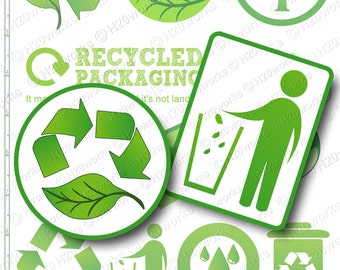
The focus of the 2013 Earth Day is Climate Change. Climate change affects all of us whether we realize it or not. It can affect the rising prices on our grocery bills, the people who lost their homes due to a super storm, farmers who can't make ends meet because of prolonged draughts, and the wildfires that ravage the West Coast. For many Americans, climate change can be seen as a far off problem for future generations to deal with. Some of us have been lucky so far to be untouched by its incoming consequences. If no changes are made, the climate change will effect ecosystems, daily lives and natural resources that we all depend on.
Earth Day was originated in 1970 when Americans were living in a world where cities were buried under smog and rivers caught fire because of pollution. Earth Day was established to demonstrate support for environmental protection. Since then the Environmental Protection Agency (EPA) was organized and the Clean Water Act and the Endangered Species Act was created. In 1990, Earth Day went global and 141 countries joined in the celebration. By 2000, with the help of internet access, Earth Day now reaches 184 countries.
According to epa.gov, Scientists believe that many of the climate changes can be linked to increases in greenhouse gases in the atmosphere, caused largely by people burning fossil fuels to generate electricity, heat and cool buildings, and power vehicles During the 43rd anniversary of Earth Day on Monday April 22 2013, make a pledge to take action. Action can be as small as making an effort to live more sustainably, recycling your electronic devices, turning off appliances and lights when you leave the room, or adjusting your thermostat. At work, you can change a desk lamp bulb or unplug a power charger, start a recycling initiate or opt for video conferencing to save on fuel and reduce pollution from travelling. If everyone commits to making these small changes, the impact can produce large waves of overall effectiveness.
SafetySkills® can help you reach your conservation goals at work or at home with our Eco Sustainability Series. This series features 20 minutes long courses that cover topics such as Carbon Footprint Reduction, Energy Efficiency at Home as well as workplace specific topics including Hazardous Waste Awareness, Universal Waste Management and Used Oil Management. Check out SafetySkills.com for more information on our offerings.





